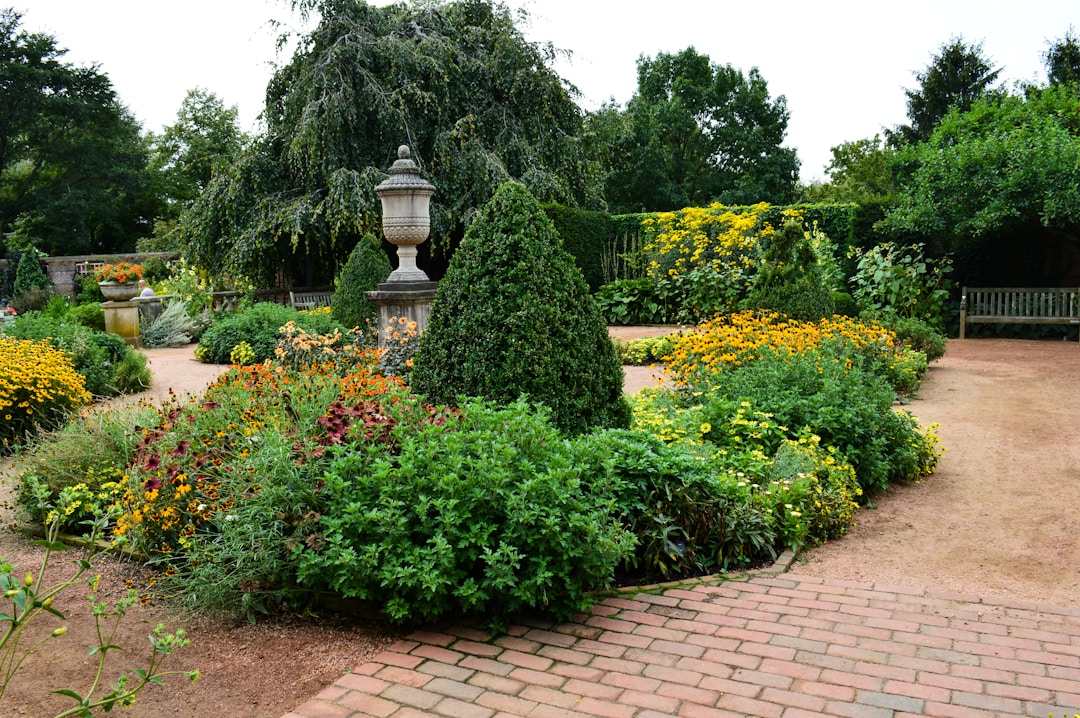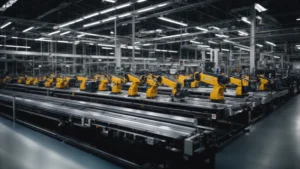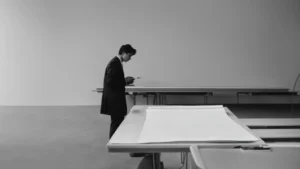How Artificial Trees Are Changing the Landscape Design Industry
The landscape industry has been experiencing a significant transformation, largely due to the rapidly growing trend of incorporating artificial faux trees in designs. Previously overlooked, faux trees are finally gaining the long-overdue attention they deserve. From small-scale backyard makeovers to sprawling public parks, these innovative faux creations are proving to be a game changer. Keep reading to discover how faux trees are reshaping the landscape design industry.
The Growing Trend of Artificial Outdoor Trees in Landscape Design
Artificial fauxfaux trees are becoming a coveted item in both commercial and residential landscape design. Thanks to their realistic appearance, versatility, and near-zero maintenance requirements, they provide an appealing solution for impactful aesthetic enhancements.
The market for faux trees has evolved to include varieties that emulate all tree species, catering to diverse stylistic preferences and requirements. This expansive range allows landscape designers to explore new possibilities and push the boundaries of creativity.
Furthermore, faux trees offer enhanced durability compared to their natural counterparts. This makes them an economical choice in the long run. They are immune to seasonal changes and don’t succumb to diseases, offering a perennially vibrant ambiance.
With the rising popularity of artificial trees, a new wave of eco-friendliness has also emerged in landscape design. They provide a green solution in areas where growing real trees is unfeasible or unsustainable.
How Faux Trees are Impacting the Landscape Industry

The introduction of faux trees has undeniably impacted landscape design in many ways. By providing a hassle-free alternative to real trees, they have significantly simplified the landscaping process.
Due to their flexibility in design and ease of installation, faux trees contribute to faster project execution. This answers the growing demand for fast-turnaround landscaping solutions, particularly in the commercial sector.
With the flourishing industry of faux trees, job opportunities have also increased. The sector now necessitates skilled individuals who can craft realistic designs, from making the perfect tree bark to painting intricate leaf patterns.
Moreover, the practical benefits of faux trees are equally impacting the consumer’s perceptions and buying decisions, further driving the demand in the landscaping industry.
Environmental Benefits of Utilizing Faux Trees
While one might consider faux trees as lacking the capacity to replicate the environmental benefits of real trees, a closer look reveals the contrary.
Faux trees eliminate the need for regular watering, noticeably reducing water usage—a valuable aspect particularly in drought-prone regions. Moreover, they neither require fertilizers nor pesticides, curtailing the use of substances harmful to the environment.
The use of faux trees in landscaping also alleviates the strain on natural resources by reducing the demand for tree logging. This further contributes to preserving natural habitats and biodiversity.
It’s also worth noting that by switching to faux trees, we can effectively combat the global problem of deforestation, thus playing a vital role in conserving our environment.
Aesthetics and Maintenance: The Advantages of Faux Trees

Faux trees bring a new level of convenience in terms of maintenance. They eliminate the need for regular trimming, falling leaf cleanup, and the hassle of pest control. This is a tremendous advantage for households and businesses seeking low-maintenance landscaping solutions.
Despite offering convenience, faux trees do not compromise on aesthetics. These trees convincingly mirror the charm of real trees, even up to the details of their bark texture and leaf patterns.
Faux trees are receptive to customizations, enabling designers to create unique landscape designs that stand the test of time. They can be styled to match the evolving trends or to achieve a specific design goal.
Furthermore, unlike real trees susceptible to seasonal changes, faux trees guarantee year-round beauty. Their perennial green look enhances the curb appeal of properties while providing a welcoming atmosphere.
Overall, the faux trees are fundamentally altering landscape design, making it more vibrant, sustainable, and accessible. By embracing this transformative trend, we’re creating a future where beautiful landscapes are not just a luxury but a standard preserved for generations to come.





